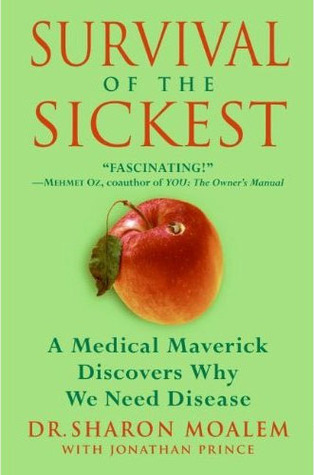By the way, the next time you get your cholesterol checked, make a note of the season. Because sunlight converts cholesterol to vitamin D, cholesterol levels can be higher in winter months, when we continue to make and eat cholesterol but there’s less sunlight available to convert it.
Welcome back. Just a moment while we sign you in to your Goodreads account.


